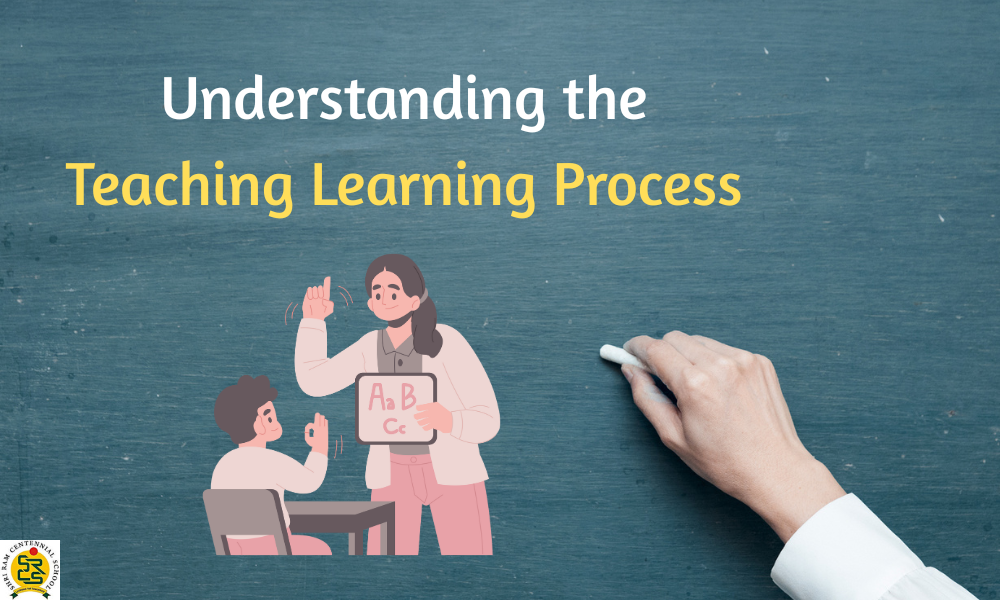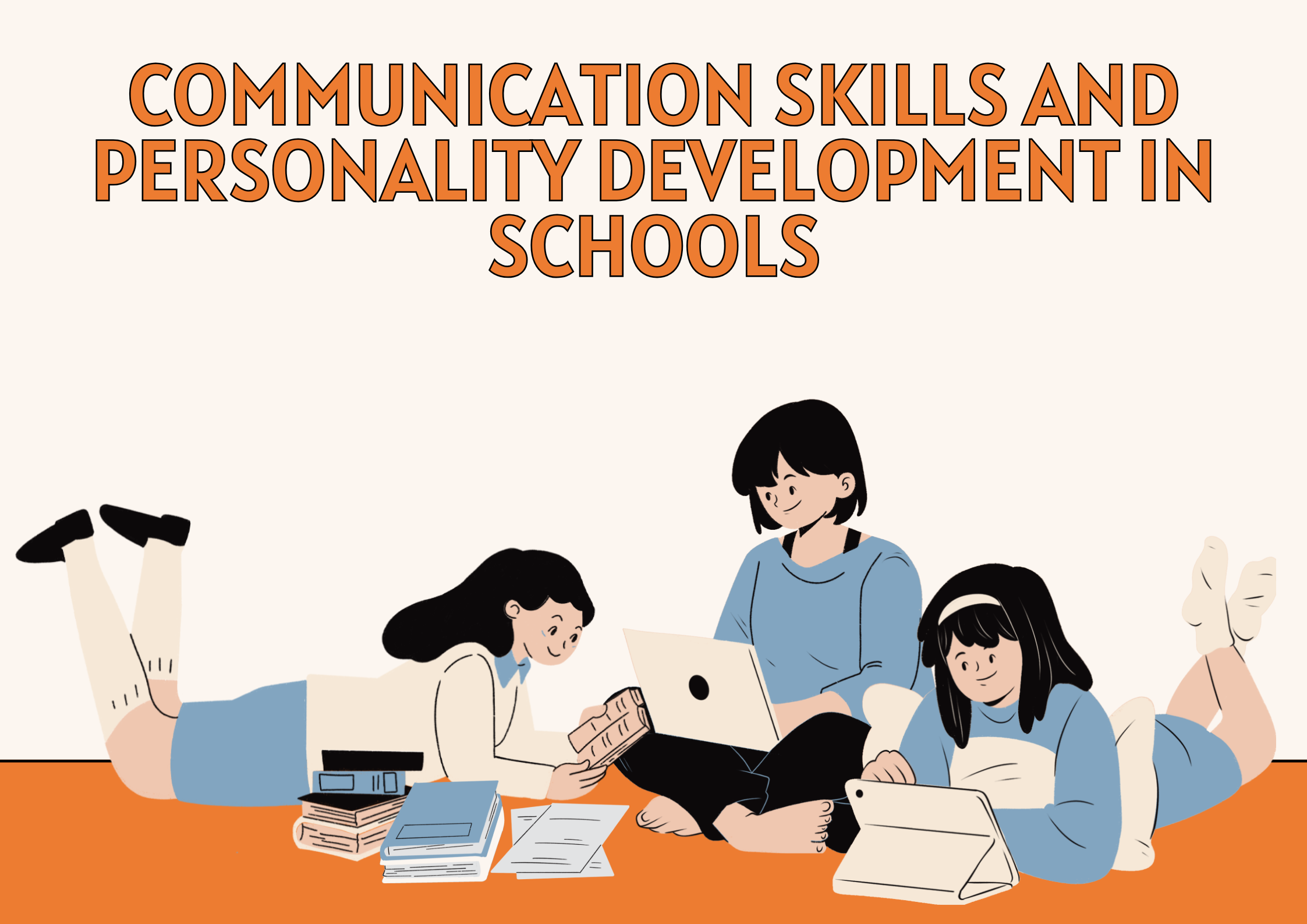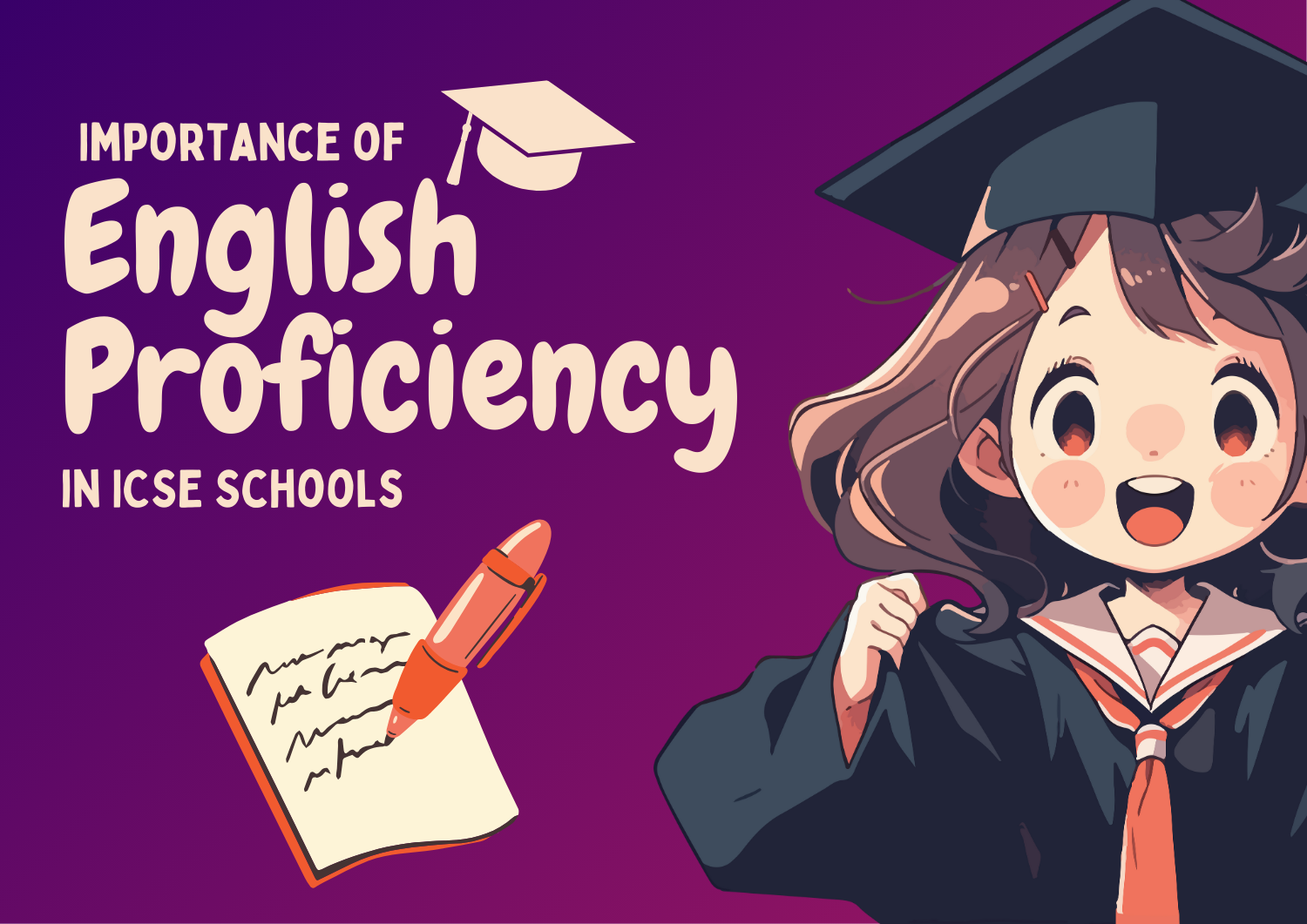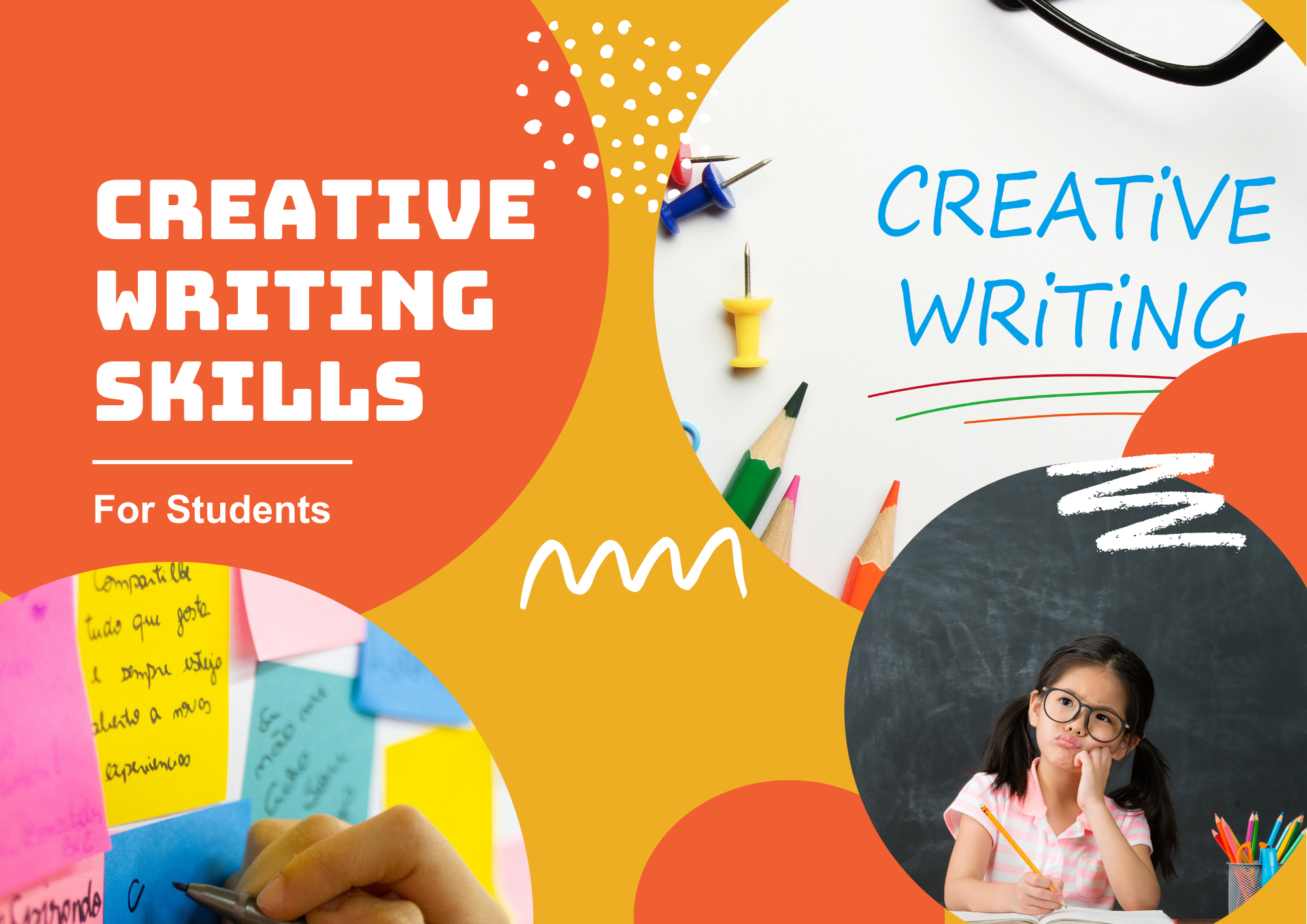Education is a dynamic and continuous journey that thrives on the synergy between teaching and learning. The teaching learning process is a multifaceted interaction that shapes the academic, emotional, and social growth of learners.
It is the foundation of all educational systems, including well-established institutions like the schools in Dehradun, which are known for their holistic approach and commitment to quality education.
This article delves into the core elements of the teaching learning process, offering key strategies that educators and institutions can use to foster effective and meaningful education.
What is the Teaching Learning Process?
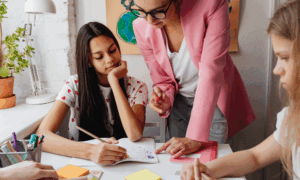
The teaching learning process is the interactive and reciprocal relationship between teachers and students. It involves planning, delivery, and assessment of instruction, alongside the cognitive, emotional, and behavioral responses of learners.
This process goes beyond the mere transfer of information; it encompasses motivation, engagement, feedback, and the creation of an environment conducive to learning.
Core Components of the Teaching Learning Process

1. Planning and Preparation
Effective teaching begins with solid planning. Teachers must design lesson plans that align with learning objectives, curriculum standards, and student needs.
- Clear Objectives: Defining what students should know or be able to do after the lesson.
- Resource Allocation: Selecting appropriate materials and technology.
- Differentiation: Adjusting content to cater to diverse learners.
2. Instructional Delivery
This is the implementation phase, where teaching methods directly impact student understanding.
- Active Learning: Encouraging participation through discussions, activities, and problem-solving.
- Scaffolding: Providing temporary support to help students master new concepts.
- Multimodal Techniques: Using visual, auditory, and kinesthetic methods to enhance retention.
3. Student Engagement
An engaged student is more likely to absorb and retain information.
- Interactive Learning: Use of group work, peer teaching, and technology to increase interaction.
- Relevance: Connecting lessons to real-life situations.
- Encouragement: Creating a positive and motivating learning atmosphere.
4. Assessment and Feedback
Assessment helps measure learning outcomes and guides future instruction.
- Formative Assessment: Ongoing checks for understanding during the learning process.
- Summative Assessment: Evaluation at the end of a unit or term.
- Constructive Feedback: Providing timely, specific guidance for improvement.
Key Strategies for an Effective Teaching Learning Process

1. Use of Student-Centered Approaches
Moving away from teacher-centric models, student-centered learning places the learner at the heart of the process.
- Inquiry-Based Learning: Students explore and discover concepts on their own.
- Project-Based Learning: Real-world projects enhance critical thinking and collaboration.
- Flipped Classroom: Students review materials at home and engage in activities during class.
2. Emphasis on Emotional Intelligence
Understanding students’ emotional needs can significantly influence their learning outcomes.
- Empathy in Teaching: Recognizing and addressing student concerns.
- Mindfulness Activities: Promoting focus and mental well-being.
- Building Relationships: Strong teacher-student connections foster trust and motivation.
3. Integration of Technology
Technology enhances the teaching learning process by making education more accessible and engaging.
- Learning Management Systems (LMS): Platforms for managing content and communication.
- Interactive Tools: Games, simulations, and digital quizzes improve engagement.
- Virtual Classrooms: Supporting remote and hybrid learning environments.
4. Professional Development for Teachers
Educators need to continuously refine their skills to stay effective.
- Workshops and Seminars: Regular training sessions on pedagogy and technology.
- Peer Collaboration: Sharing best practices within teaching communities.
- Reflective Practice: Evaluating one’s own teaching strategies for improvement.
Challenges in the Teaching Learning Process

1. Diverse Learning Needs
Students come with varied backgrounds, abilities, and interests.
- Solution: Use differentiated instruction and inclusive teaching practices.
2. Limited Resources
Schools may face constraints in infrastructure and materials.
- Solution: Adopt low-cost teaching aids and leverage free digital tools.
3. Resistance to Change
Educators and institutions may hesitate to adopt new methods.
- Solution: Gradual implementation of changes with adequate training and support.
Role of Schools and Institutions

Educational institutions play a vital role in strengthening the teaching learning process.
- Supportive Infrastructure: Well-equipped classrooms, libraries, and labs.
- Academic Leadership: Guidance and mentorship for teaching staff.
- Parental Involvement: Engaging parents in the educational journey of students. Schools in Dehradun, for instance, are exemplary in integrating tradition with innovation, providing an enriching environment that supports both teachers and learners.
Conclusion
The teaching learning process is the backbone of effective education. By embracing well-planned strategies, empathetic engagement, technological integration, and continuous teacher development, educational institutions can greatly enhance the quality of learning.
As we navigate the evolving landscape of education, a strong, dynamic, and inclusive approach to teaching and learning remains our most powerful tool for empowering future generations.
Focusing on improving the teaching learning process ensures that education is not just about knowledge acquisition, but also about nurturing thinkers, creators, and responsible citizens of tomorrow.






